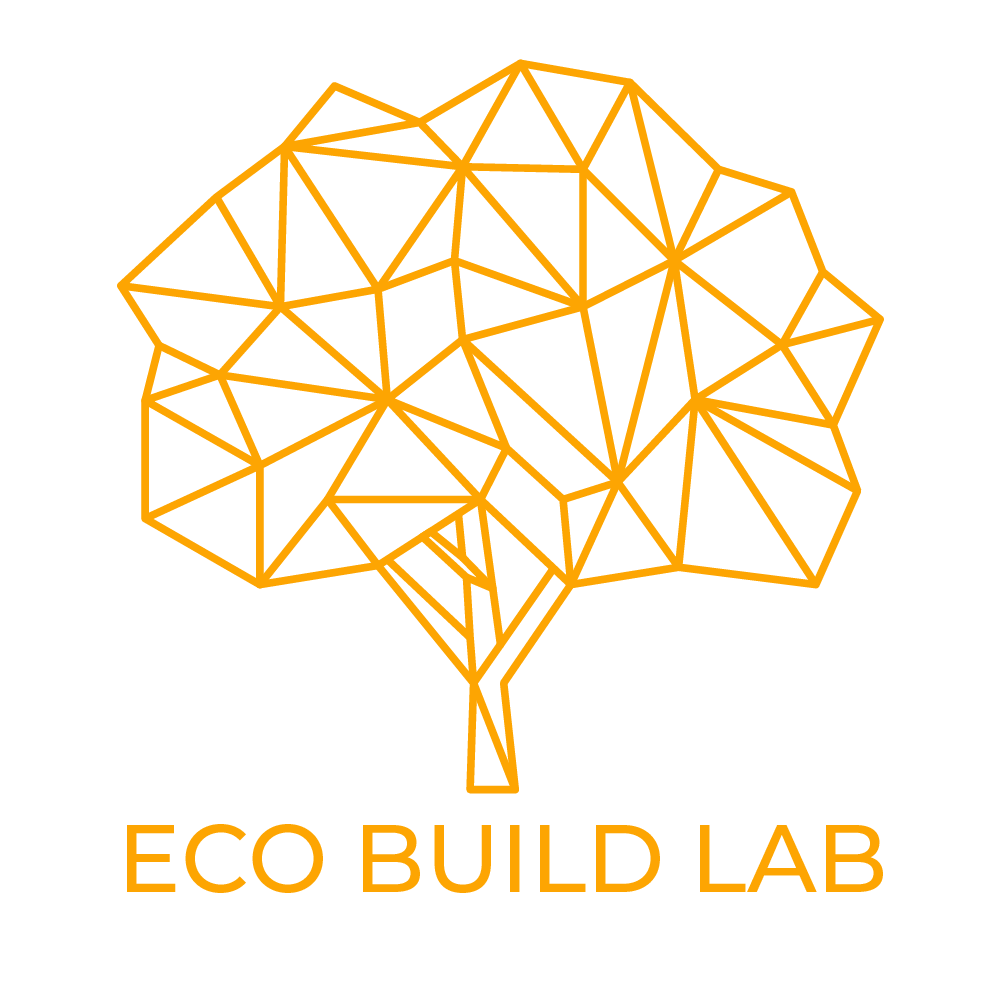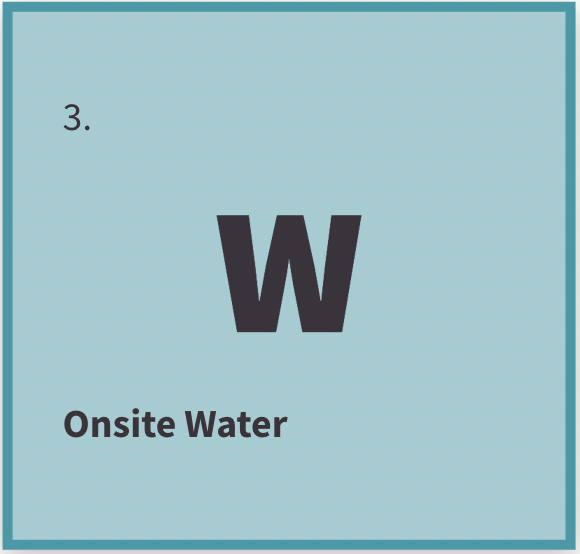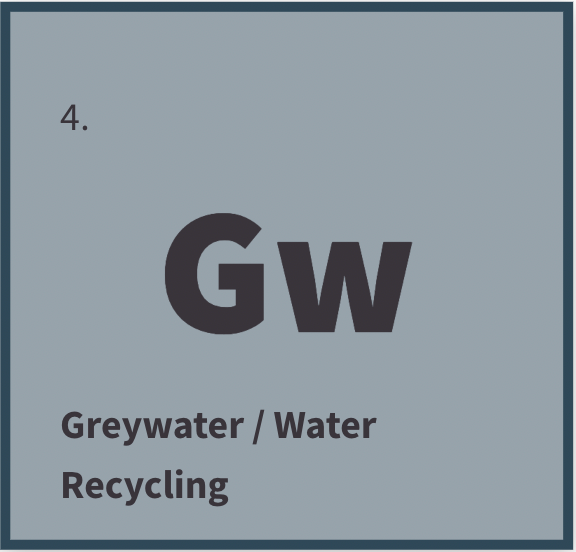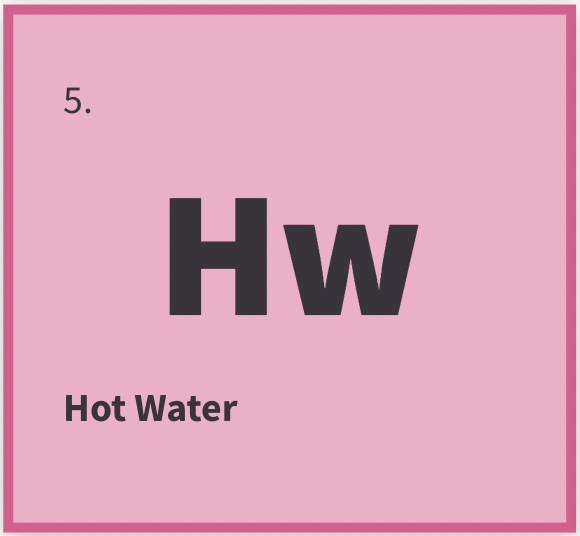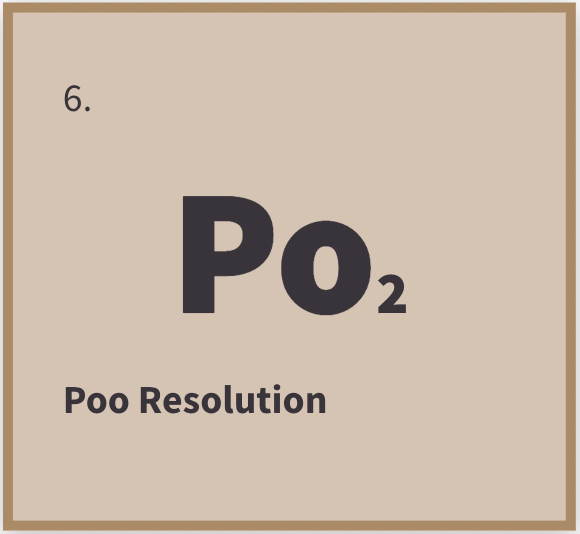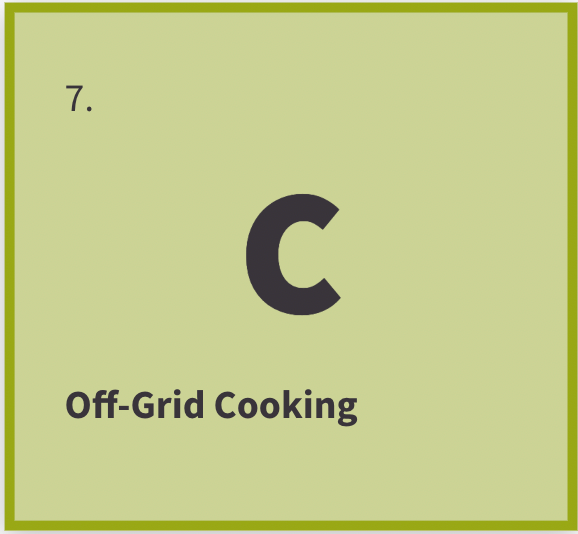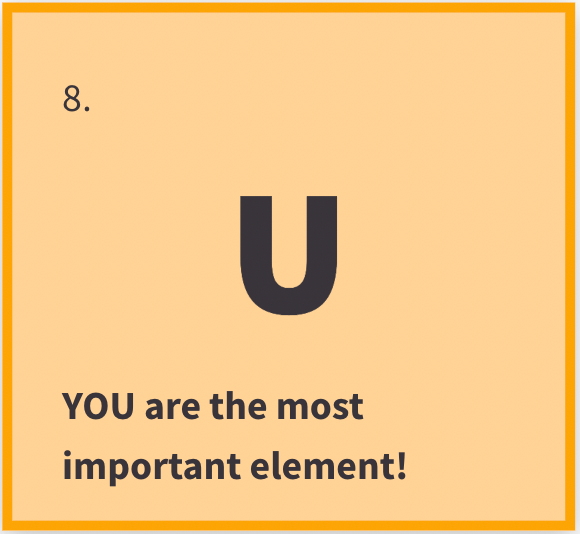1.
P
Onsite power
ON SITE POWER
To produce your own electricity you need a renewable energy source or multiple sources (solar, wind, micro-hydro), a way to store the energy you produce (batteries), and a system for distributing the electricity.
How POWER works on-grid:
How power works off-the-grid:
To go off-grid with power production you need to start with a building designed to be as efficient as possible with its electricity use. Heating and cooling naturally, eliminating phantom loads, using LED lighting, and choosing efficient appliances and electronics are some ways you can reduce your electricity demand. You need to calculate your electrical loads before you design your power system, so the system is no bigger than you need it to be. Otherwise you will be spending a lot more money for your system and the environment will be paying the cost of producing all the components you need to supply your demands.
Once you know how much electricity you need, you can look at how to produce it. Solar, wind, and micro-hydro are all sources of electricity that can work off-the-grid. You also need a battery bank to store the electricity produced so it can be used at times when it is not being produced, when the sun is not shining or the wind is not blowing. There are additional components that make up the rest of an off-grid power setup called balance of system.
When you produce all your own electricity you become much more aware of your usage. You are not wasteful. You know when you are producing a lot of power and can use more and when you need to conserve. But you can still live a comfortable life, with all the modern amenities, off-the-grid!
How off-grid power relates to the other Elements of an Off-Grid Home:
Off-grid power relates to onsite water because you need a bit of electricity to run pumps to get the water from the cistern into your house, through the filtration system, and to your fixtures. If you are able to situate your cistern above your pump, it will gravity-feed the pump, reducing the amount of electricity you need to move water.
If you have a greywater planter that is providing water for flushing your toilet you will need power to run a very small recirculation pump. This can come from your main system or from a small, dedicated solar panel that only runs the pump when the sun is shining. You will also need electricity for a pump to send the greywater to your toilet tank. If you have a dry toilet you will need a little bit of electricity for a vent fan.
If you choose to have an induction burner on your system, you will need to make sure that you have the generating capacity and battery storage to handle the draw. If you use small electric appliances for cooking you will need to add them into your calculations as well. If you choose any of the other non-electric options, your cooking needs will not impact your power system.

